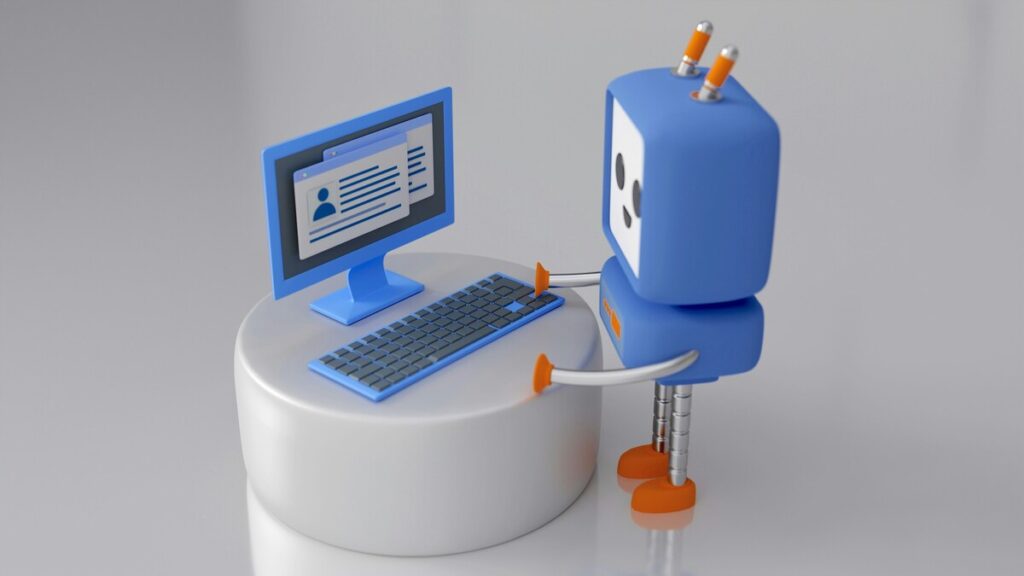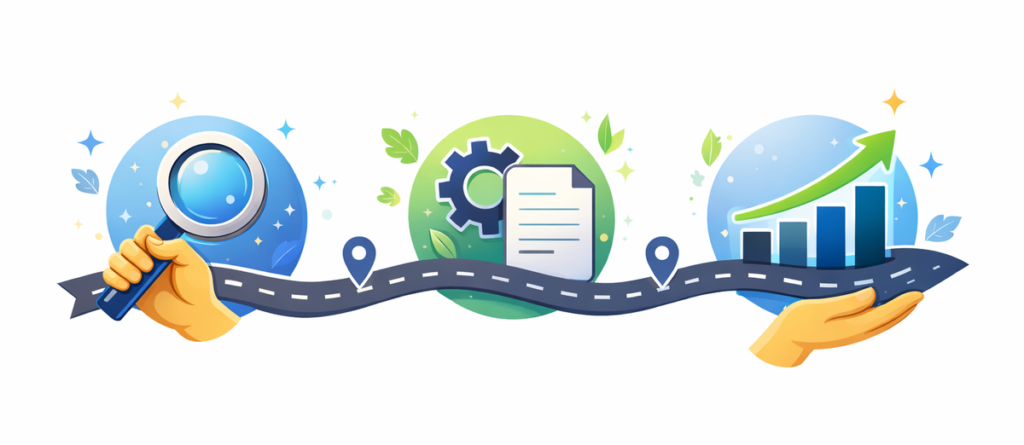SEO Clean-up is a comprehensive correction of on-site and technical SEO issues that block your website from being properly indexed, ranked, and shown in organic search, especially by AI-powered engines like Google’s SGE.
It’s not just about fixing broken links or duplicate tags. It’s about resetting your SEO foundation.
SEO Clean-up ≠ Technical Audit
A technical audit shows you what’s broken.
SEO Clean-up fixes it — and often includes:
- URL structure normalization
- Internal linking optimization
- Meta tag and heading restructuring
- Canonicalization and pagination fixes
- Image alt and lazy load validation
- Indexability & crawl budget management
- Resolving parameterized URLs and thin content
Think of it as post-launch hygiene for every site, especially for Shopify, WordPress, or custom-coded platforms.
3 SEO Killers That Clean-up Fixes
1. Google Can’t Crawl You Properly
Missing internal links, messy URL structures, or bloated sitemaps make your site invisible, especially in AI-generated answers.
2. Ranking Drop After Redesign or Migration
Lost metadata, canonical chaos, or missing redirects? These are fatal without a Clean-up.
3. Content Is There, But It Doesn’t Rank
If technical signals contradict your content, Google ignores it. Clean-up aligns intent, structure, and code.
When Do You Need an SEO Clean-up?
- After a website redesign or migration
- If your site is over 1 year old and SEO has never been audited
- If you see traffic drops or indexing issues in GSC
- Before content expansion or link-building campaigns
- If you’re planning to scale paid search (SEO Clean-up reduces CAC)
SEO Clean-up Checklist
Fix duplicate & missing meta tags
→ Use tools like Screaming Frog or Ahrefs Site Audit to detect pages with duplicate, missing, or overly long meta titles and descriptions.
→ Write unique, keyword-aligned meta tags for each page — especially category and product pages in eCommerce.
Standardize headings (H1–H3) across pages
→ Make sure each page has a single H1 (matching the primary topic).
→ Use H2s for sections, and H3s for subpoints — this is crucial for AI parsing.
→ Check with browser extensions like Web Developer or Chrome DevTools.
Eliminate duplicate URLs and thin content
→ Identify pages with <300 words or repeated content via Sitebulb or GSC Coverage Report.
→ Merge or redirect duplicates. Improve thin content or remove pages entirely.
→ Use canonical tags where needed.
Optimize crawl budget (block/filter useless pages)
→ Add noindex to faceted search, internal search results, and pagination when needed.
→ Block unimportant folders in robots.txt.
→ Submit an updated sitemap with priority pages only.
Ensure schema markup and rich snippet readiness
→ Implement JSON-LD schema for:
- Articles (blog posts)
- LocalBusiness (for service pages)
- Product & Offer (for eCommerce)
- FAQ / HowTo (to capture AI-rich snippets)
→ Validate with Google’s Rich Results Test.
Normalize page speed and mobile usability issues
→ Use PageSpeed Insights and Lighthouse.
→ Compress images (WebP), preload key assets, and lazy-load below-the-fold content.
→ Fix CLS and LCP issues for better Core Web Vitals.
Each point in this list affects how search engines — and AI tools — interpret your relevance.
SEO Clean-up & AI Search (SGE)
If your site is not semantically structured, Google’s SGE and AI snippets won’t pull your content.
Clean-up ensures:
- Clean HTML structure
- Paragraph blocks optimized for summarization
- Proper schema (FAQ, HowTo, Product, Article)
- Precise URL signals
- Avoidance of content cannibalization
AI won’t show your brand if your site doesn’t pass its parsing threshold.
Why It Costs You Not to Do Clean-up
| Scenario | Without Clean-up | With Clean-up |
| Indexing | Partial or broken | Full + fresh |
| GSC coverage | Errors, duplicates | Validated & lean |
| Content ranking | Ignored or outranked | Eligible for rich results |
| Site structure | Inconsistent | Crawl-optimized |
| Lead flow | Fragmented | Scalable |
A broken site architecture can delay results by 3–6 months, costing eCom stores $10K+/mo in lost opportunity.
Clean-up Is the Foundation, Not a Bonus
Clean-up is not optional. It’s the first thing everyone should do for every new client at SEO Team.
If you want to:
- Rank for competitive keywords
- Scale your SEO pipeline
- Appear in AI summaries & rich results
- Avoid burning your content or budget
Then, Clean-up should be your first move.




